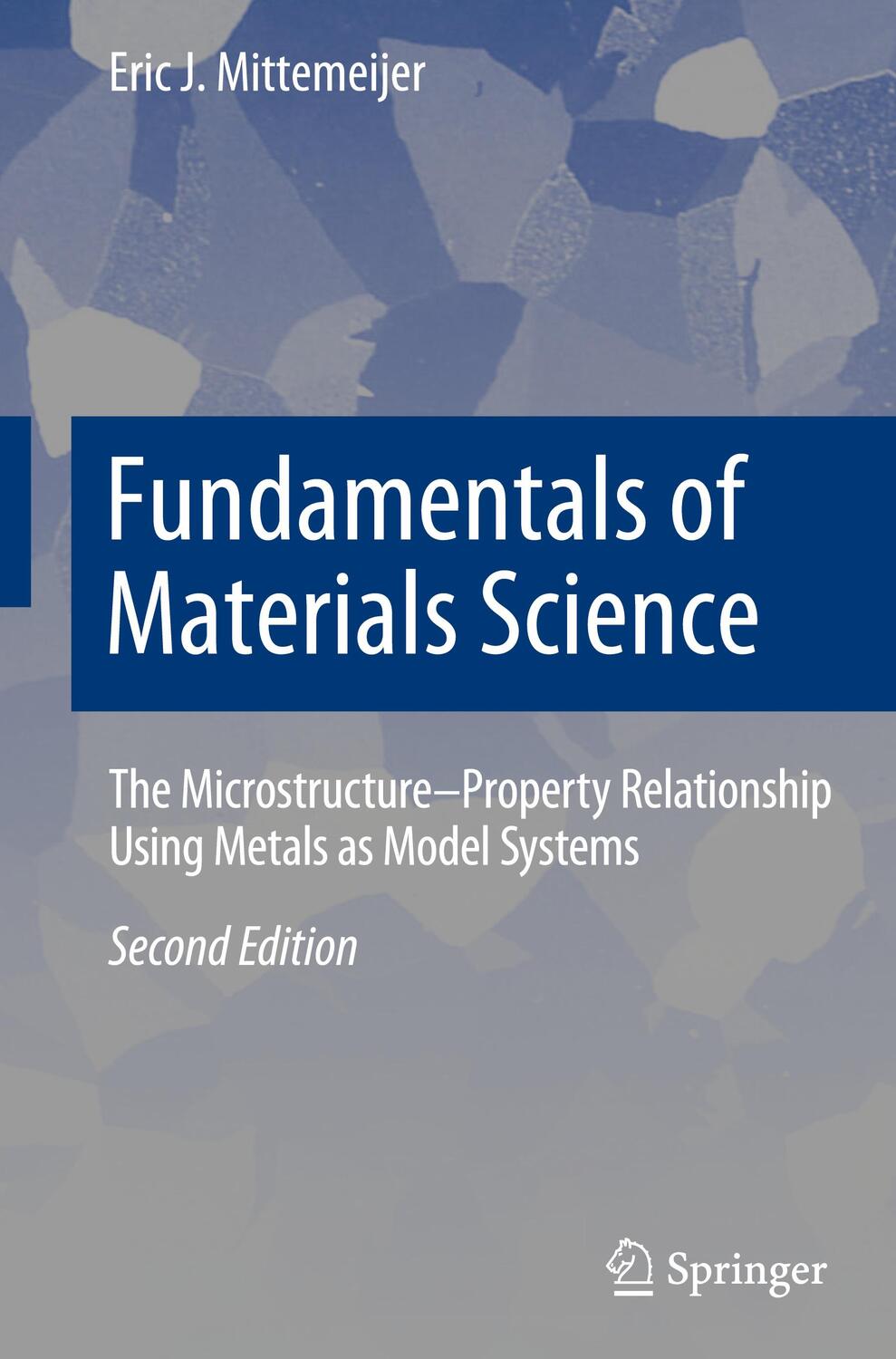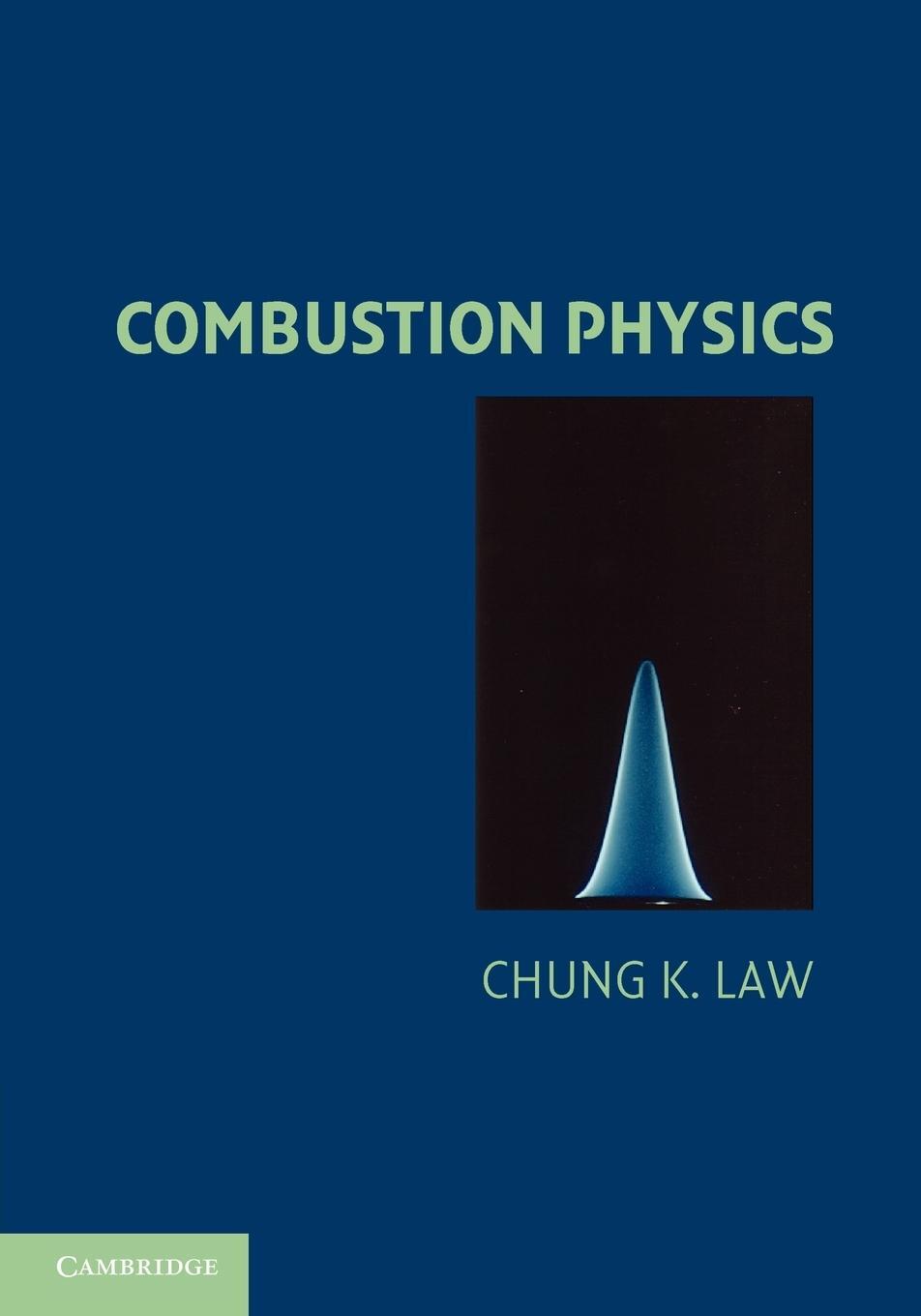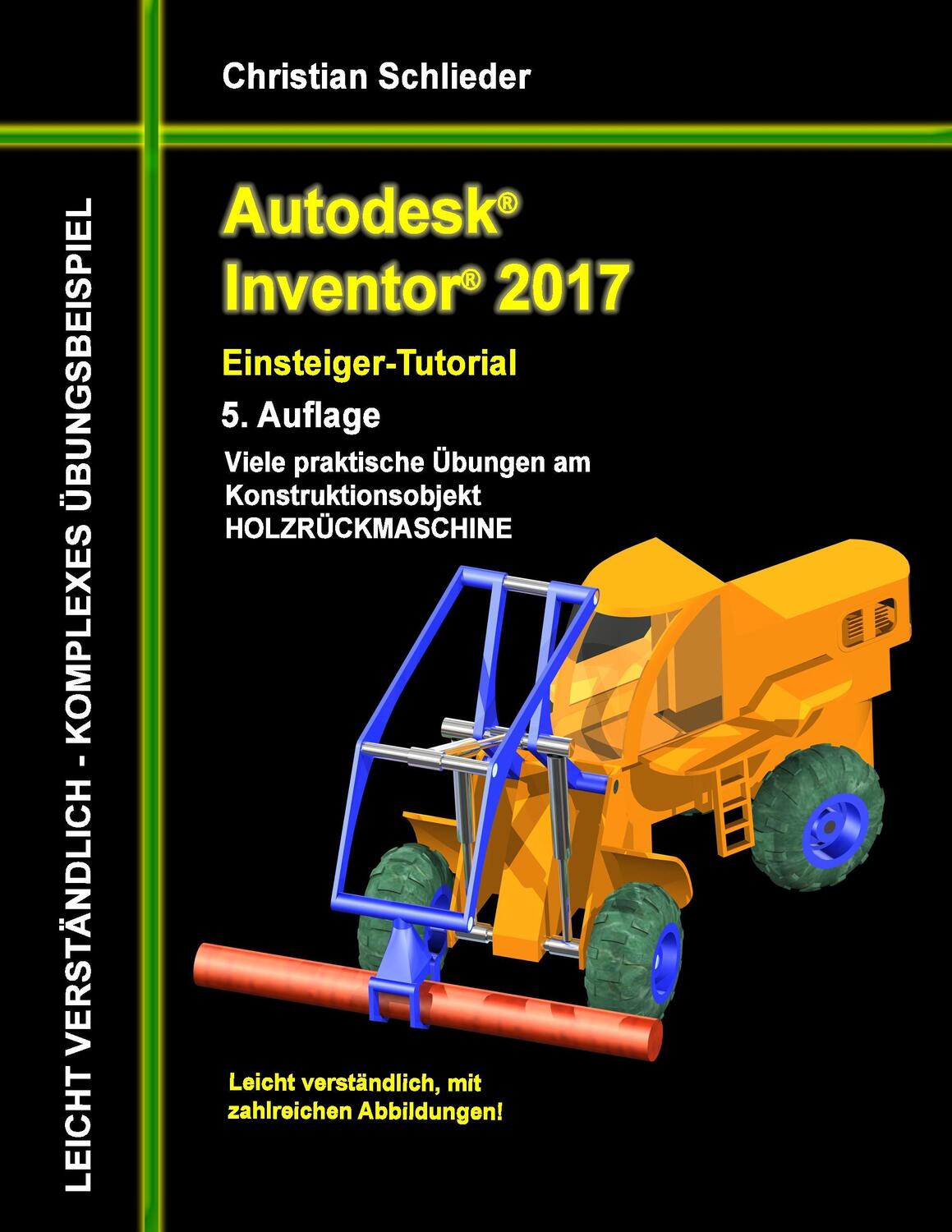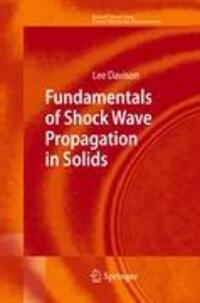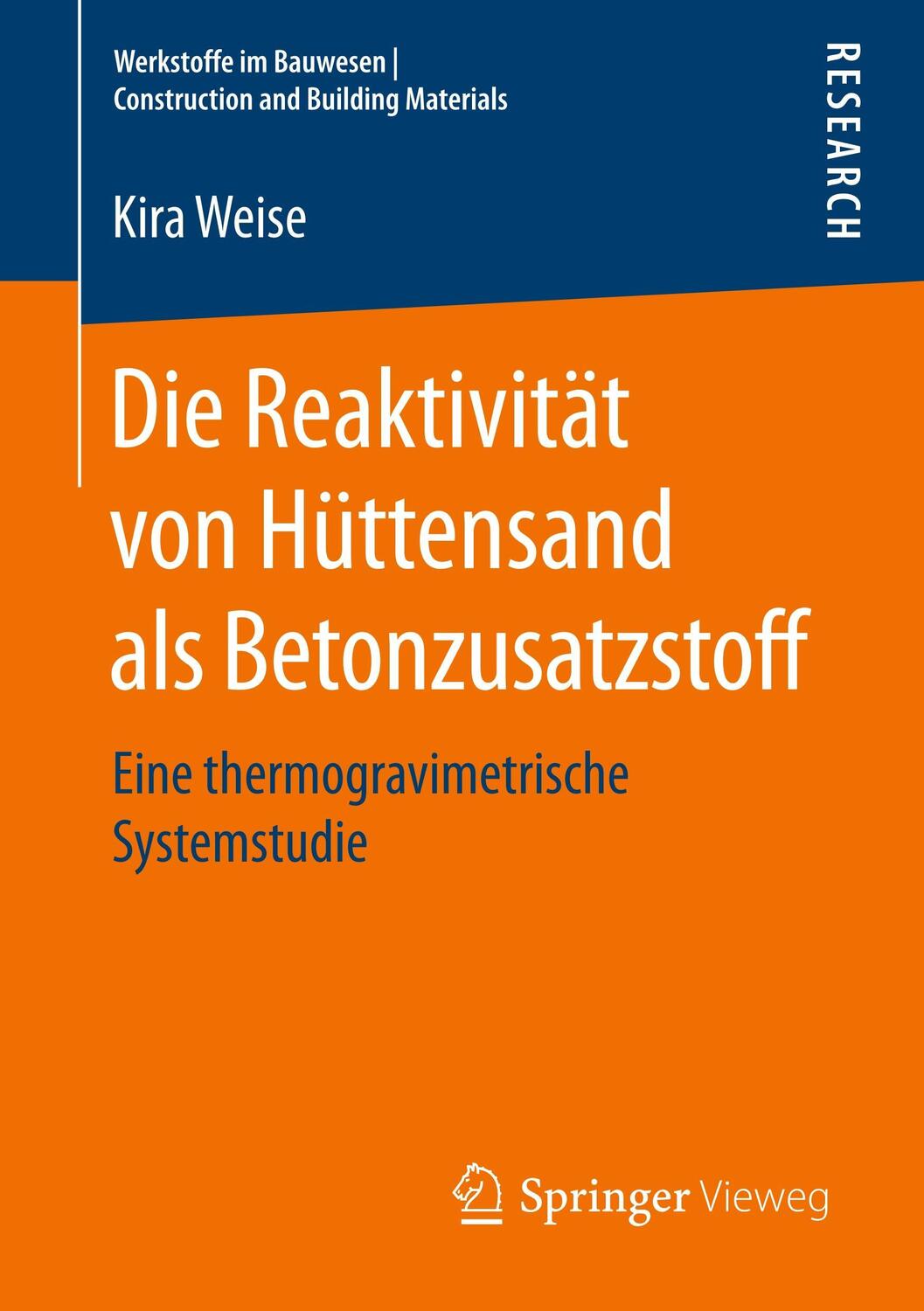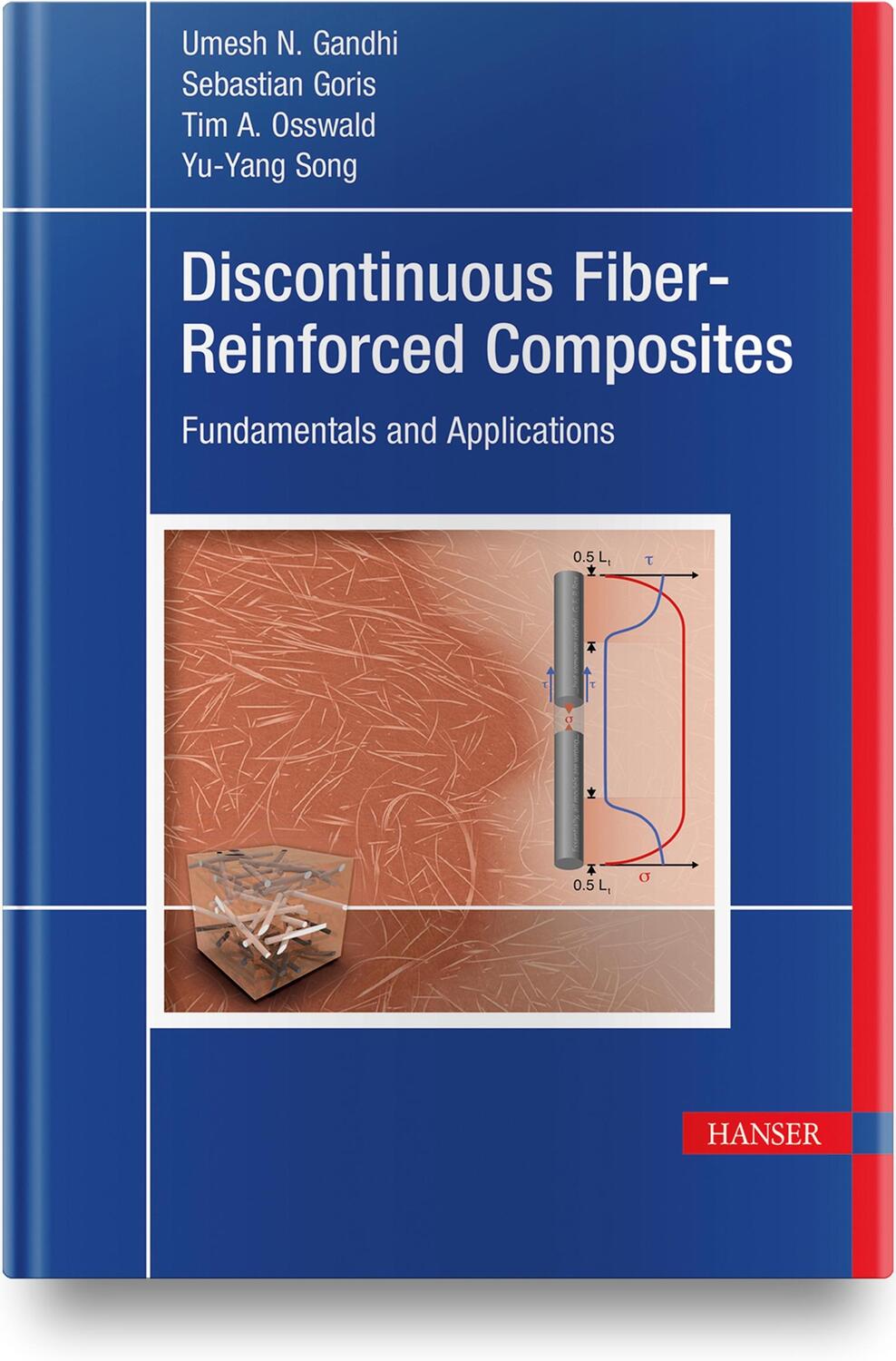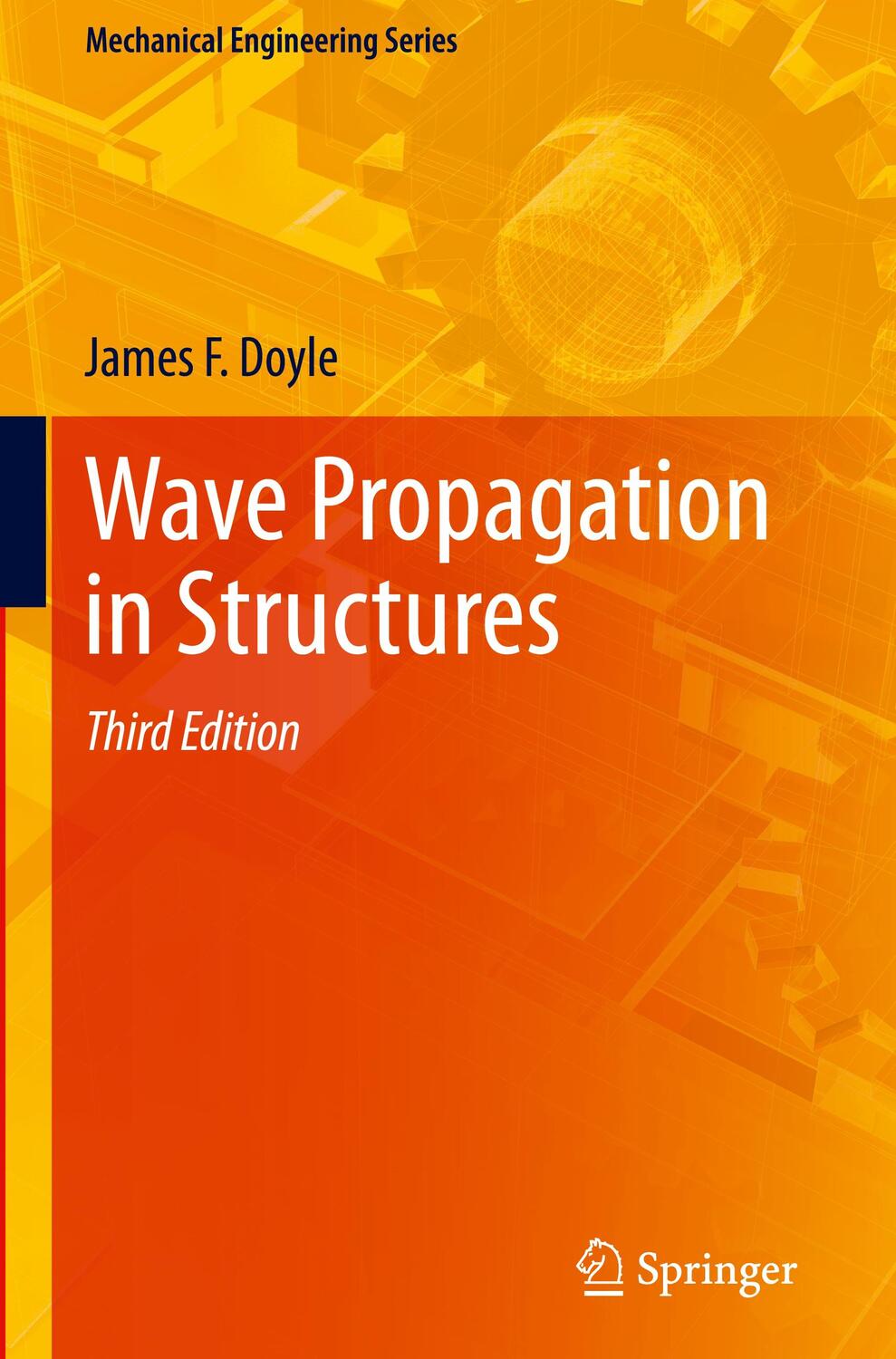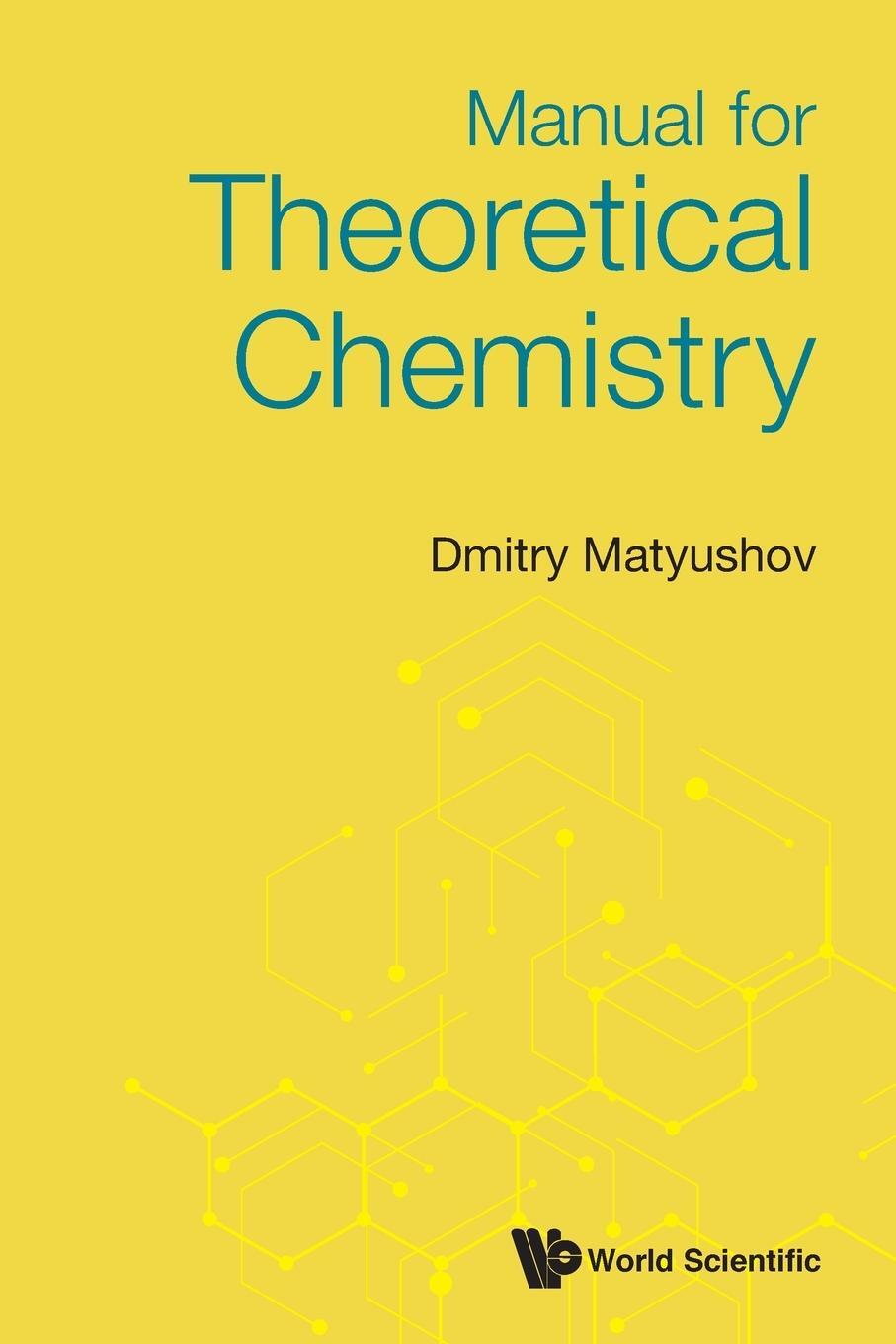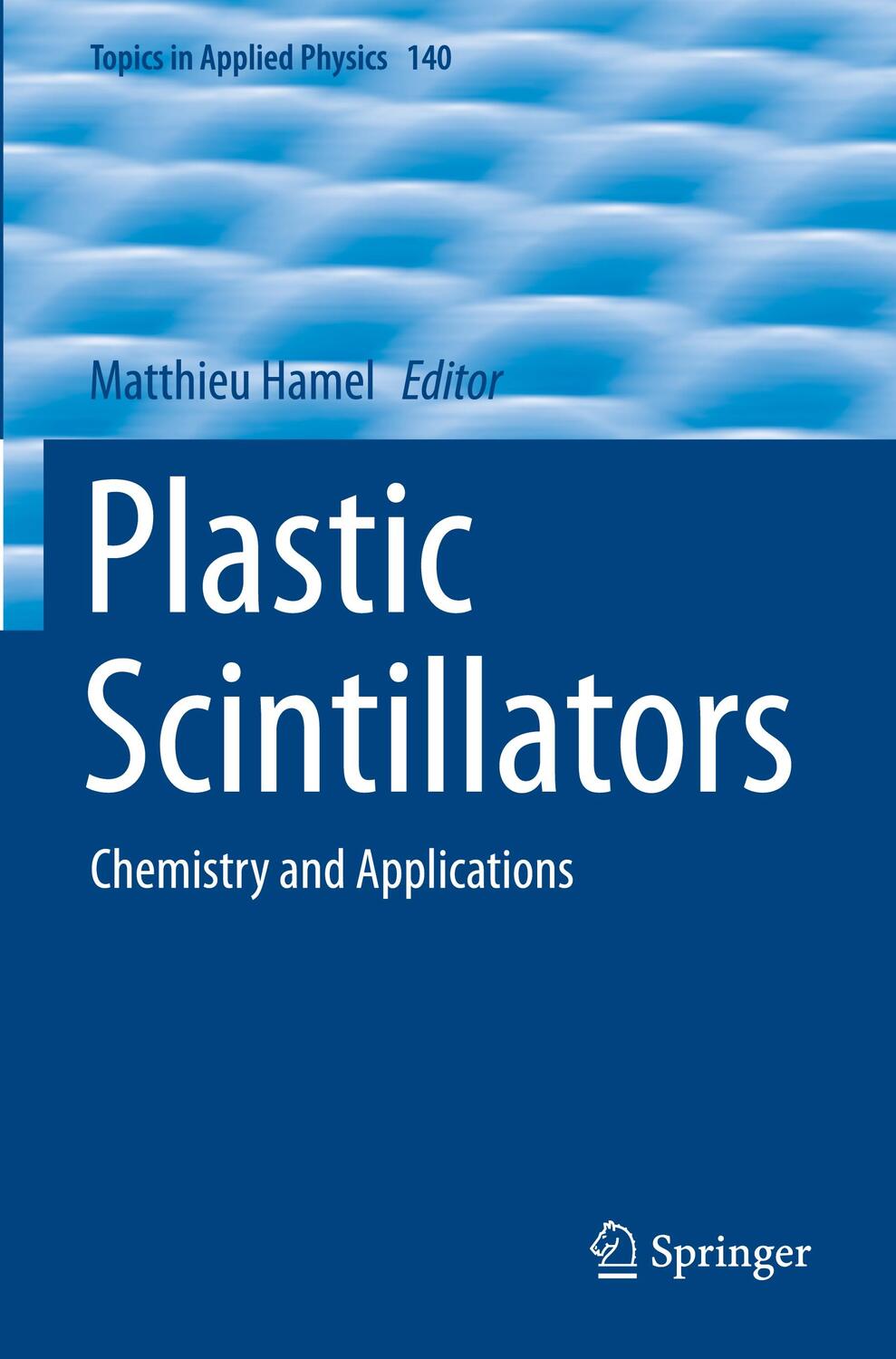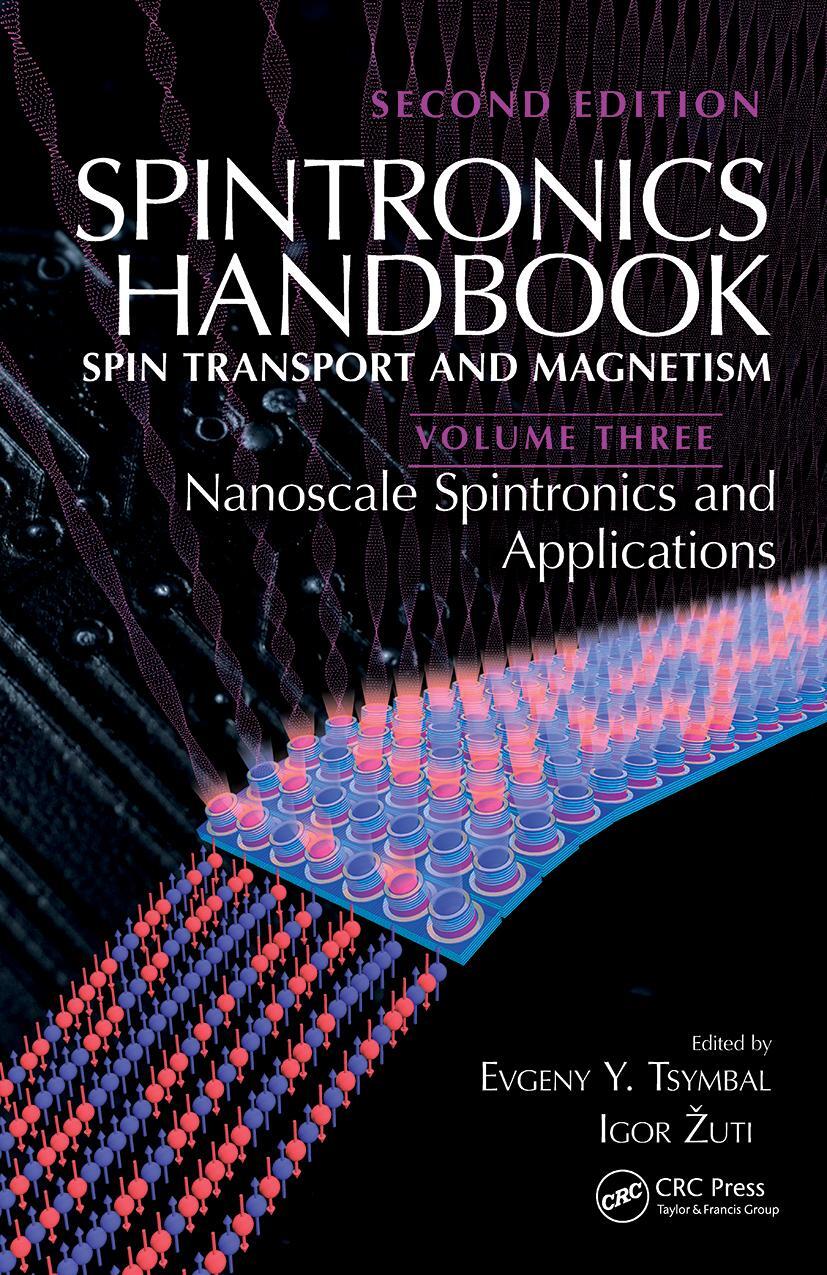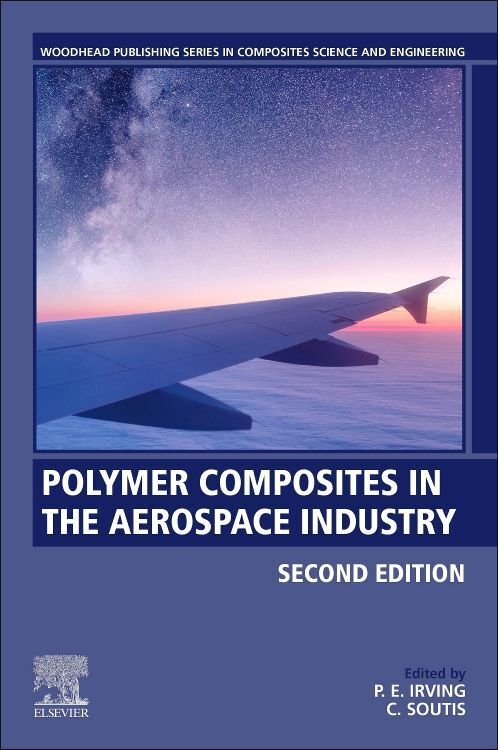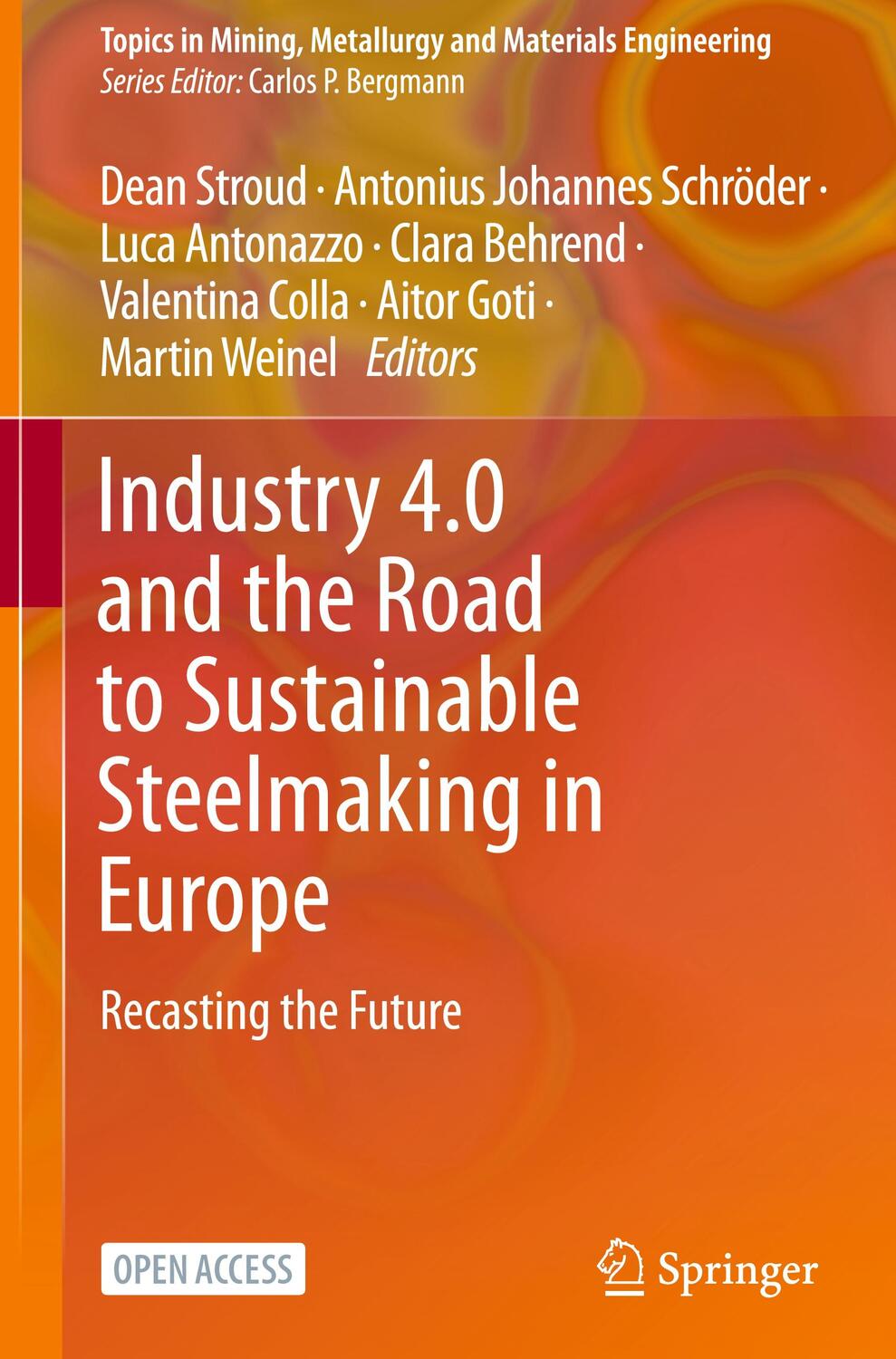117,69 €*
Versandkostenfrei per Post / DHL
Aktuell nicht verfügbar
Mittemeijer's Fundamentals of Materials Science provides a consistent treatment of the subject matter with a special focus on the microstructure-property relationship. Richly illustrated and thoroughly referenced, it is the ideal adoption for an entire undergraduate, and even graduate, course of study in materials science and engineering. It delivers a solid background against which more specialized texts can be studied, covering the necessary breadth of key topics such as crystallography, structure defects, phase equilibria and transformations, diffusion and kinetics, and mechanical properties. The success of the first edition has led to this updated and extended second edition, featuring detailed discussion of electron microscopy, supermicroscopy and diffraction methods, an extended treatment of diffusion in solids, and a separate chapter on phase transformation kinetics.
¿In a lucid and masterly manner, the ways in which the microstructure can affect a host of basic phenomena in metals are described.... By consistently staying with the postulated topic of the microstructure - property relationship, this book occupies a singular position within the broad spectrum of comparable materials science literature .... it will also be of permanent value as a reference book for background refreshing, not least because of its unique annotated intermezzi; an ambitious, remarkable work.¿
G. Petzow in International Journal of Materials Research.
¿The biggest strength of the book is the discussion of the structure-property relationships, which the author has accomplished admirably.... In a nutshell, the book should not be looked at as a quick ¿cook book¿ type text, but as a serious, critical treatise for some significant time to come.¿
G.S. Upadhyaya in Science of Sintering.
¿The role of lattice defects in deformation processes is clearly illustrated using excellent diagrams . Included are many footnotes, ¿Intermezzos¿, ¿Epilogues¿ and asides within the text from the author¿s experience. This ..... soon becomes valued for the interesting insights into the subject and shows the human side of its history. Overall this book provides a refreshing treatment of this important subject and should prove a useful addition to the existing text books available to undergraduate and graduate students and researchers in the field of materials science.¿
M. Davies in Materials World.
Mittemeijer's Fundamentals of Materials Science provides a consistent treatment of the subject matter with a special focus on the microstructure-property relationship. Richly illustrated and thoroughly referenced, it is the ideal adoption for an entire undergraduate, and even graduate, course of study in materials science and engineering. It delivers a solid background against which more specialized texts can be studied, covering the necessary breadth of key topics such as crystallography, structure defects, phase equilibria and transformations, diffusion and kinetics, and mechanical properties. The success of the first edition has led to this updated and extended second edition, featuring detailed discussion of electron microscopy, supermicroscopy and diffraction methods, an extended treatment of diffusion in solids, and a separate chapter on phase transformation kinetics.
¿In a lucid and masterly manner, the ways in which the microstructure can affect a host of basic phenomena in metals are described.... By consistently staying with the postulated topic of the microstructure - property relationship, this book occupies a singular position within the broad spectrum of comparable materials science literature .... it will also be of permanent value as a reference book for background refreshing, not least because of its unique annotated intermezzi; an ambitious, remarkable work.¿
G. Petzow in International Journal of Materials Research.
¿The biggest strength of the book is the discussion of the structure-property relationships, which the author has accomplished admirably.... In a nutshell, the book should not be looked at as a quick ¿cook book¿ type text, but as a serious, critical treatise for some significant time to come.¿
G.S. Upadhyaya in Science of Sintering.
¿The role of lattice defects in deformation processes is clearly illustrated using excellent diagrams . Included are many footnotes, ¿Intermezzos¿, ¿Epilogues¿ and asides within the text from the author¿s experience. This ..... soon becomes valued for the interesting insights into the subject and shows the human side of its history. Overall this book provides a refreshing treatment of this important subject and should prove a useful addition to the existing text books available to undergraduate and graduate students and researchers in the field of materials science.¿
M. Davies in Materials World.
Eric Jan Mittemeijer studied chemical technology (specialized in physical chemistry) at the Delft University of Technology (DUT), acquired his "ingenieur (= Ir.)" degree (comparable to a M.Sc. degree) in 1972 and his Ph.D. degree in 1978. From 1985 till 1998 he was full Professor of Solid State Chemistry at the Delft University of Technology. From 1998 to 2017 he served as Director at the Max Planck Institute for Intelligent Systems (formerly: Max Planck Institute for Metals Research) in conjunction with a full Professorship of Materials Science at the University of Stuttgart.
Professor Mittemeijer founded and led the department Phase Transformations at the Max Plank Institute for Intelligent Systems from 1998 until his retirement. The department's work includes cutting-edge application of X-ray diffraction analysis, (transmission) electron microscopy, scanning Auger microscopy and X-ray photo-electron spectroscopy, ellipsometry, calorimetry and dilatometry.
His areas of special interest are:
- phase transformations, (interface) thermodynamics and kinetics;
- nanomaterials and their unusual properties;
- stress and phase transformations in (very) thin (multi)layers;
- nitriding and nitrocarburizing of iron, iron alloys and steels; and
- oxidation of metals and alloys.
He has published more than 700 papers in international scientific journals and a number of books and has received a number of honours for his scientific work.
He has served on the editorial board of several journals and as Editor-in-Chief of the International Journal of Materials Research. He is a leading member of a number of national and international societies in his fields of interest: e.g. Fellow of the American Society of Materials (ASM), Honorary Member of the German Society for Materials Science and Engineering, co-founder and past president of the Dutch/Belgian Heat TreatmentSociety and a co-founder and past president of the (Dutch) Society of Metals.
He has served for more than 10 years as the Dean of the Study Course Materials Science at the University of Stuttgart. Lastly, he founded and has been Speaker of the International Max Planck Research School on Advanced Materials (IMPRS-AM) for more than 12 years.
Covers materials science from the undergraduate to graduate level
Features a unique approach and mixture of topics for introductory and graduate courses in materials science
Includes the latest research results for contemporary teaching
Preface.- Dedication.- Foreword.- Chapter 1. Introduction.- Chapter 2. Electronic Structure of the Atom; the Periodic Table.- Chapter 3. Chemical Bonding in Solids;with Excursions to Material Properties.- Chapter 4. Crystallography.- Chapter 5. The Crystal Imperfection; Structure Defects.- Chapter 6. Analysis of the Microstructure; Analysis of Structural Imperfection: Light and Electron Microscopical and (X-ray) Diffraction Methods.- Chapter 7. Phase Equilibria.- Chapter 8. Diffusion.- Chapter 9. Phase Transformations: Introduction and Typology.- Chapter 10. Phase Transformations: Kinetics.- Chapter 11. Recovery, Recrystallization and Grain Growth.- Chapter 12. Mechanical Strength of Materials.- Index.
| Erscheinungsjahr: | 2021 |
|---|---|
| Fachbereich: | Fertigungstechnik |
| Genre: | Technik |
| Rubrik: | Naturwissenschaften & Technik |
| Medium: | Buch |
| Seiten: | 768 |
| Inhalt: |
xxvii
737 S. 382 s/w Illustr. 9 farbige Illustr. 737 p. 391 illus. 9 illus. in color. |
| ISBN-13: | 9783030600556 |
| ISBN-10: | 3030600556 |
| Sprache: | Englisch |
| Ausstattung / Beilage: | HC runder Rücken kaschiert |
| Einband: | Gebunden |
| Autor: | Mittemeijer, Eric J. |
| Auflage: | 2nd ed. 2021 |
| Hersteller: |
Springer International Publishing
Springer International Publishing AG |
| Maße: | 241 x 160 x 47 mm |
| Von/Mit: | Eric J. Mittemeijer |
| Erscheinungsdatum: | 18.12.2021 |
| Gewicht: | 1,303 kg |
Eric Jan Mittemeijer studied chemical technology (specialized in physical chemistry) at the Delft University of Technology (DUT), acquired his "ingenieur (= Ir.)" degree (comparable to a M.Sc. degree) in 1972 and his Ph.D. degree in 1978. From 1985 till 1998 he was full Professor of Solid State Chemistry at the Delft University of Technology. From 1998 to 2017 he served as Director at the Max Planck Institute for Intelligent Systems (formerly: Max Planck Institute for Metals Research) in conjunction with a full Professorship of Materials Science at the University of Stuttgart.
Professor Mittemeijer founded and led the department Phase Transformations at the Max Plank Institute for Intelligent Systems from 1998 until his retirement. The department's work includes cutting-edge application of X-ray diffraction analysis, (transmission) electron microscopy, scanning Auger microscopy and X-ray photo-electron spectroscopy, ellipsometry, calorimetry and dilatometry.
His areas of special interest are:
- phase transformations, (interface) thermodynamics and kinetics;
- nanomaterials and their unusual properties;
- stress and phase transformations in (very) thin (multi)layers;
- nitriding and nitrocarburizing of iron, iron alloys and steels; and
- oxidation of metals and alloys.
He has published more than 700 papers in international scientific journals and a number of books and has received a number of honours for his scientific work.
He has served on the editorial board of several journals and as Editor-in-Chief of the International Journal of Materials Research. He is a leading member of a number of national and international societies in his fields of interest: e.g. Fellow of the American Society of Materials (ASM), Honorary Member of the German Society for Materials Science and Engineering, co-founder and past president of the Dutch/Belgian Heat TreatmentSociety and a co-founder and past president of the (Dutch) Society of Metals.
He has served for more than 10 years as the Dean of the Study Course Materials Science at the University of Stuttgart. Lastly, he founded and has been Speaker of the International Max Planck Research School on Advanced Materials (IMPRS-AM) for more than 12 years.
Covers materials science from the undergraduate to graduate level
Features a unique approach and mixture of topics for introductory and graduate courses in materials science
Includes the latest research results for contemporary teaching
Preface.- Dedication.- Foreword.- Chapter 1. Introduction.- Chapter 2. Electronic Structure of the Atom; the Periodic Table.- Chapter 3. Chemical Bonding in Solids;with Excursions to Material Properties.- Chapter 4. Crystallography.- Chapter 5. The Crystal Imperfection; Structure Defects.- Chapter 6. Analysis of the Microstructure; Analysis of Structural Imperfection: Light and Electron Microscopical and (X-ray) Diffraction Methods.- Chapter 7. Phase Equilibria.- Chapter 8. Diffusion.- Chapter 9. Phase Transformations: Introduction and Typology.- Chapter 10. Phase Transformations: Kinetics.- Chapter 11. Recovery, Recrystallization and Grain Growth.- Chapter 12. Mechanical Strength of Materials.- Index.
| Erscheinungsjahr: | 2021 |
|---|---|
| Fachbereich: | Fertigungstechnik |
| Genre: | Technik |
| Rubrik: | Naturwissenschaften & Technik |
| Medium: | Buch |
| Seiten: | 768 |
| Inhalt: |
xxvii
737 S. 382 s/w Illustr. 9 farbige Illustr. 737 p. 391 illus. 9 illus. in color. |
| ISBN-13: | 9783030600556 |
| ISBN-10: | 3030600556 |
| Sprache: | Englisch |
| Ausstattung / Beilage: | HC runder Rücken kaschiert |
| Einband: | Gebunden |
| Autor: | Mittemeijer, Eric J. |
| Auflage: | 2nd ed. 2021 |
| Hersteller: |
Springer International Publishing
Springer International Publishing AG |
| Maße: | 241 x 160 x 47 mm |
| Von/Mit: | Eric J. Mittemeijer |
| Erscheinungsdatum: | 18.12.2021 |
| Gewicht: | 1,303 kg |

